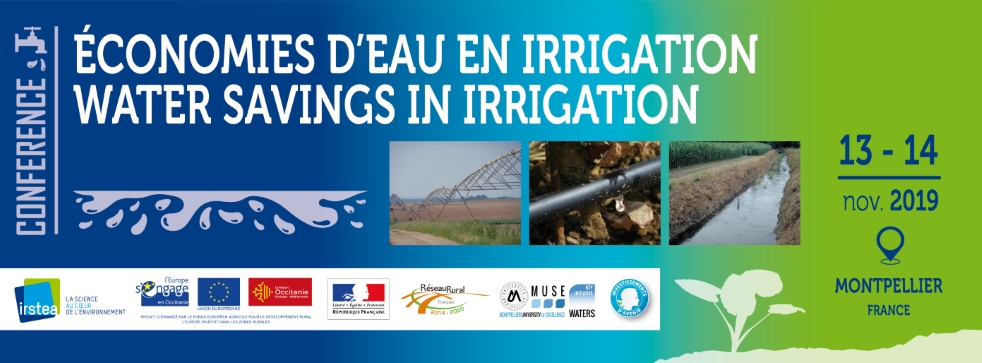Scenario planning of water resources use rely on its efficiency indicators that can have a form of dependencies between available water resources and biomass development. Such dependencies vary for different structures of agrolandscapes. Considering the arid conditions of the south of Ukraine, we study irrigation and shelterbelts as the most influential components of agrolandscapes. Since the determination of statistical descriptions of their impact requires a large amount of ground measurements, the use of remote sensing data is relevant.
At the first stage, we covered the pilot territory with a grid of 10x10 km sized cells and identify areas with different types of structure elements intensity. For this purpose we perform irrigated lands identification using the NDVI biomass index. Error of such identification was <25% comparing with statistical data for the specific districts. Shelterbelts location and state was also determined using small resolution satellite imagery.
We separated three types of lands: with intensive irrigation and recommended density of shelterbelts; with low irrigation and shelterbetls density higher than average; with high irrigation intensity and low shelterbelts density. Only the first type that occupies a small part of the territory has an effective agrolandscapes' organization which increases the water use efficiency and is resilient to negative external impacts.
At the second stage, the relationship between biomass indexes and moisture content in one meter layer of soil was determined for the studied agrolandscape structures.
To assess soil moisture content we use VTCI index partially verified with field data. To study the changes in correlations between biomass and moisture content for different structures of agrolandscapes, we obtained the dependencies between NDVI and VTCI indices on the territories where areas that have up to four shelterbelts around the fields were selected. Different dependencies was obtained for three moments of time: for May, July, and August 2018.
The dependencies vary for the areas of weak or absent vegetation (NDVI<0.3), areas of rainfed crop cultivation (0.3<=NDVI<0.6), and irrigated areas (NDVI>=0.6). They are close in the first case. In the second case, the number of shelterbelts substantially influence the slope of the dependencies: it is negative when number of shelterbelts is less than two and positive when there is a complete or almost complete contour of shelterbelts. This reflects the fact of moisture retention by shelterbelts.
As in the considered region irrigation is mostly performed by center pivot sprinkling machines, close correlations for the case of irrigated lands shows that the impact of irrigation is a key factor for the development of biomass that levels other factors, particularly the influence of shelterbelts.
The obtained results can form a base for elaboration of recommendations for agrolandscape's spatial planning that, in arid conditions of the South of Ukraine, will help to decrease irrigation water losses due to high evapotranspiration, save moisture in root layer of soil, smooth or even prevent droughts, thus creating comfortable conditions for crops development.
- Poster

 PDF version
PDF version
